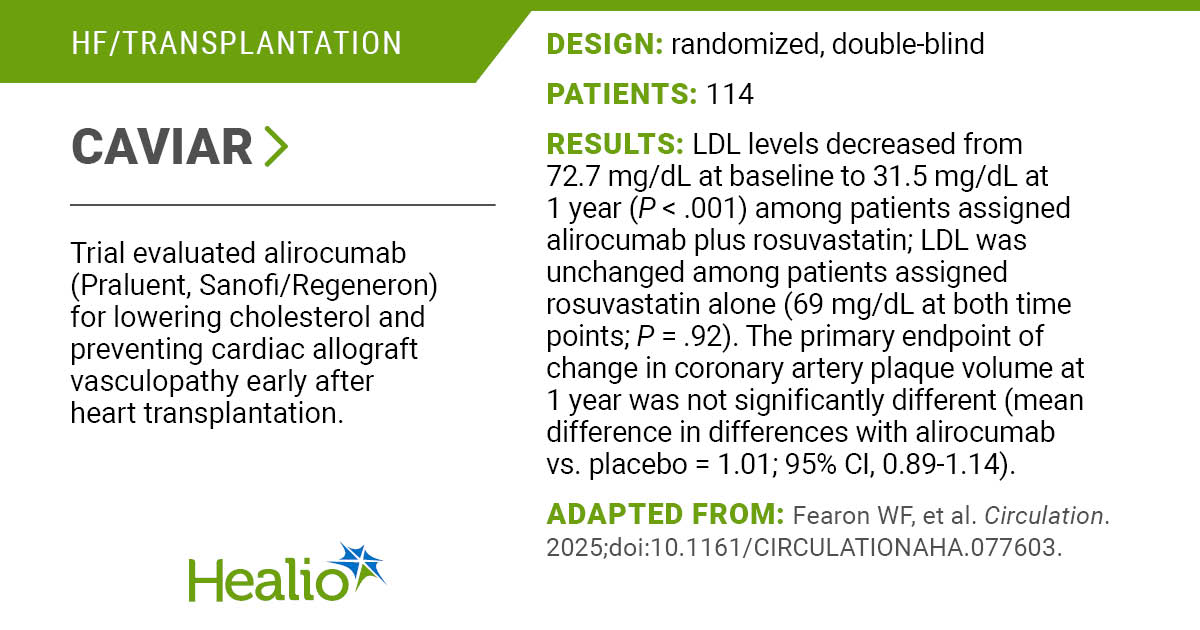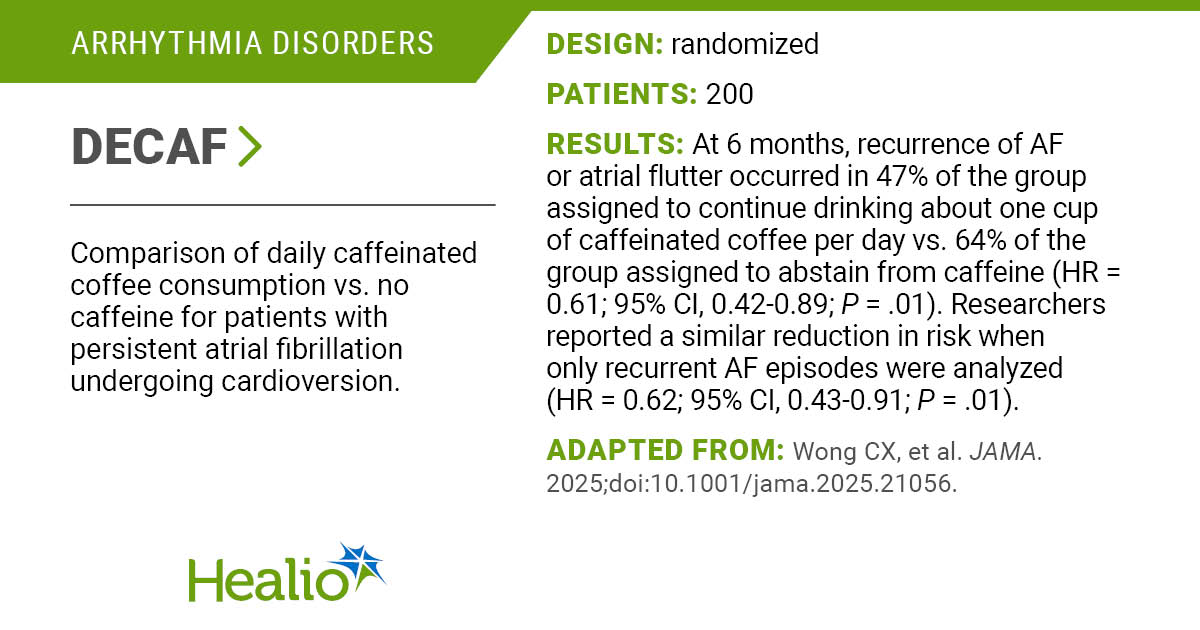The process of recovering from chronic pain or a musculoskeletal injury often feels like a lengthy, and unknowing path to recovery. It is important to rest and take your medication, however lasting recovery is typically a function of movement, specifically, controlled and progressive strength training. For many patients, and clinicians, resistance bands have become an essential component in this process as they provide a safe, accessible, and highly effective way to rehabilitate function.
Let’s look a little deeper into this low-impact method as it pertains to clinical rehabilitation and why both patients and healthcare professionals are turning to it for long-term recovery.
Why Resistance Bands Are Gaining Clinical Ground
Strength training has traditionally predominately focused on weight or weight machines, can be a daunting and aggressive practice for anyone who is suffering from chronic pain or recovering from an injury. Resistance bands offer a great alternative; they’re less intimidating than weights or machines but still provide the key functions of strength-building and neuromuscular re-education.
They allow variable resistance based on how a person is feeling that day with the ability to adapt movements based on a person’s pain tolerance and level of healing. This adaptability is useful for conditions such as arthritis, tendinopathy, or post-operative stiffness when too much loading can lead to more pain or symptoms worsening.
Supporting Pain Management Through Controlled Movement
Movement is effective medicine, if done correctly. Resistance band exercises promote slow and controlled movement, which helps to activate forgotten muscles without risk of strain. The elastic resistance helps to facilitate blood circulation to soft tissues, which may relieve inflammation and help tissues heal.
What make these exercises particularly beneficial for individuals with pain sensitivity is their adaptability. The same movement can be modified to have different amounts of resistance and ranges of motion while still providing precision and safety, both of which are necessary in pain rehabilitation.
Addressing Upper Body Tension and Its Impact on Pain
Many individuals experience a surprising amount of stress and tension in their upper bodies, specifically in the neck and shoulders. Muscle tightness can create secondary concerns such as limited range of motion, poor posture, and referred pain like headaches.
Stretching with resistance bands can help decrease muscle tightness in the upper trapezius, rhomboids, and cervical stabilizers, and improve posture. With incremental alignment and baseline tension relief, it may take time to see a decrease in discomfort, pain, or increased function.
If you are prone to recurrent tension headaches, depression, etc., you can add resistance-based stretches to your upper body to further complement a thorough and effective pain relief program. In particular, relieving the muscular tightness in your neck and shoulders can be an important piece to affecting an instant migraine relief strategy.
Rebuilding Strength in the Lower Body—Starting at the Feet
The lower body typically gets more attention when we think of rehabilitation, and there’s good reason for that. Our feet, ankles, and calves are what we rely on to balance, move, and assume proper posture. Over time, weakness and/or instability can create chronic tension, problematic gait mechanics and inevitably pain in the lower back and/or knees.
Resistance bands provide a convenient tool for loading the smaller muscle groups of the feet and ankles that often get missed in traditional workouts. Banded toe flexes, plantar fascia mobilizations, ankle rotations – are all useful movements to preserve strength and restore some flexibility to these areas.
So why does this matter? This is especially applicable for people who get recurring discomfort first thing in the morning. Beginning to incorporate some resistance/targeted work may help alleviate morning foot pain, often a symptom of plantar fasciitis or overly tight posterior chain muscles.
Creating a Sustainable Home Rehab Routine
One of the best aspects of resistance band training is the accessibility. You don’t need a gym, expensive equipment, or a large space. A simple progressive 15-minute program you can do at home can be beneficial—especially when it is followed closely with some type of intervention or instruction from a physical therapist or rehabilitation practitioner.
Start small and focus on form. Perform 1–2 sets per exercise at a light resistance, then add load with increased comfort and strength. The most important aspect here is not intensity, but consistency, control and progression.
Consider a simple home rehab program that includes:
- Upper body postural correction (band rows, scapular retractions)
- Core stabilization (banded bird-dogs, glute bridges)
- Lower limb mobility (ankle dorsiflexion, plantar fascia activation)
In this way, individuals can take ownership of their own recovery process, and do it in a progressive fashion, as it is meant to be done, with safety and one rep at a time.
The Science Behind Resistance Band Rehabilitation
Resistance bands are not just backed by anecdote. Clinical research supports their use in:
- Reducing musculoskeletal pain
- Improving joint stability and proprioception
- Increasing functional mobility in the injured population and older adults
The advantages of elastic resistance is that they mimic movement in real life by recruiting stabilizing muscles while accommodating coordination and control. The ease of use in clinical settings in addition to the evidence to support its effectiveness has resulted in resistance bands becoming a dominant treatment modality in physical therapy settings.
A Restorative Tool for Long-Term Healing
Resistance bands aren’t just elevated workout gear – they’re a clinical tool for when a patient is at in their recovery process. Whether it be decreasing tension in the upper body, or addressing structural issues in the feet, rehabilitation using bands provides a level of multi-dimensional recovery.
With thoughtful integration, bands can allow individuals to rebuild strength, confidence in movement, and lower chronic pain without taxing their body with actual weight training. Maybe, most importantly, they offer a sustainable way forward for those who have consistent discomfort or limited mobility.
Image by Mikhail Nilov from Pexels
The editorial staff of Medical News Bulletin had no role in the preparation of this post. The views and opinions expressed in this post are those of the advertiser and do not reflect those of Medical News Bulletin. Medical News Bulletin does not accept liability for any loss or damages caused by the use of any products or services, nor do we endorse any products, services, or links in our Sponsored Articles.









